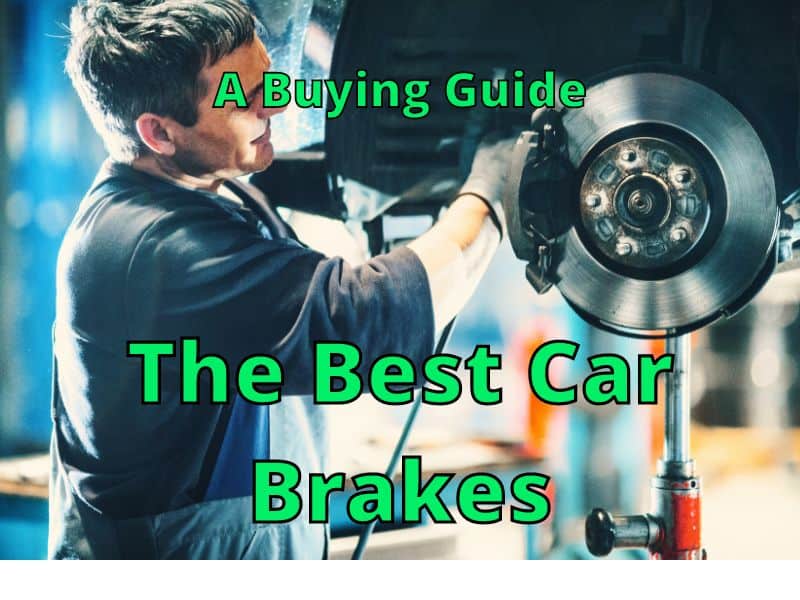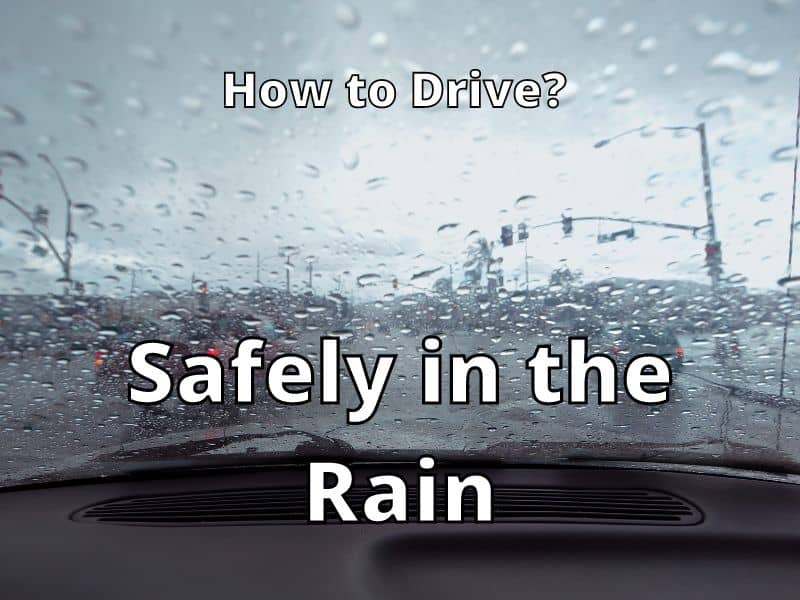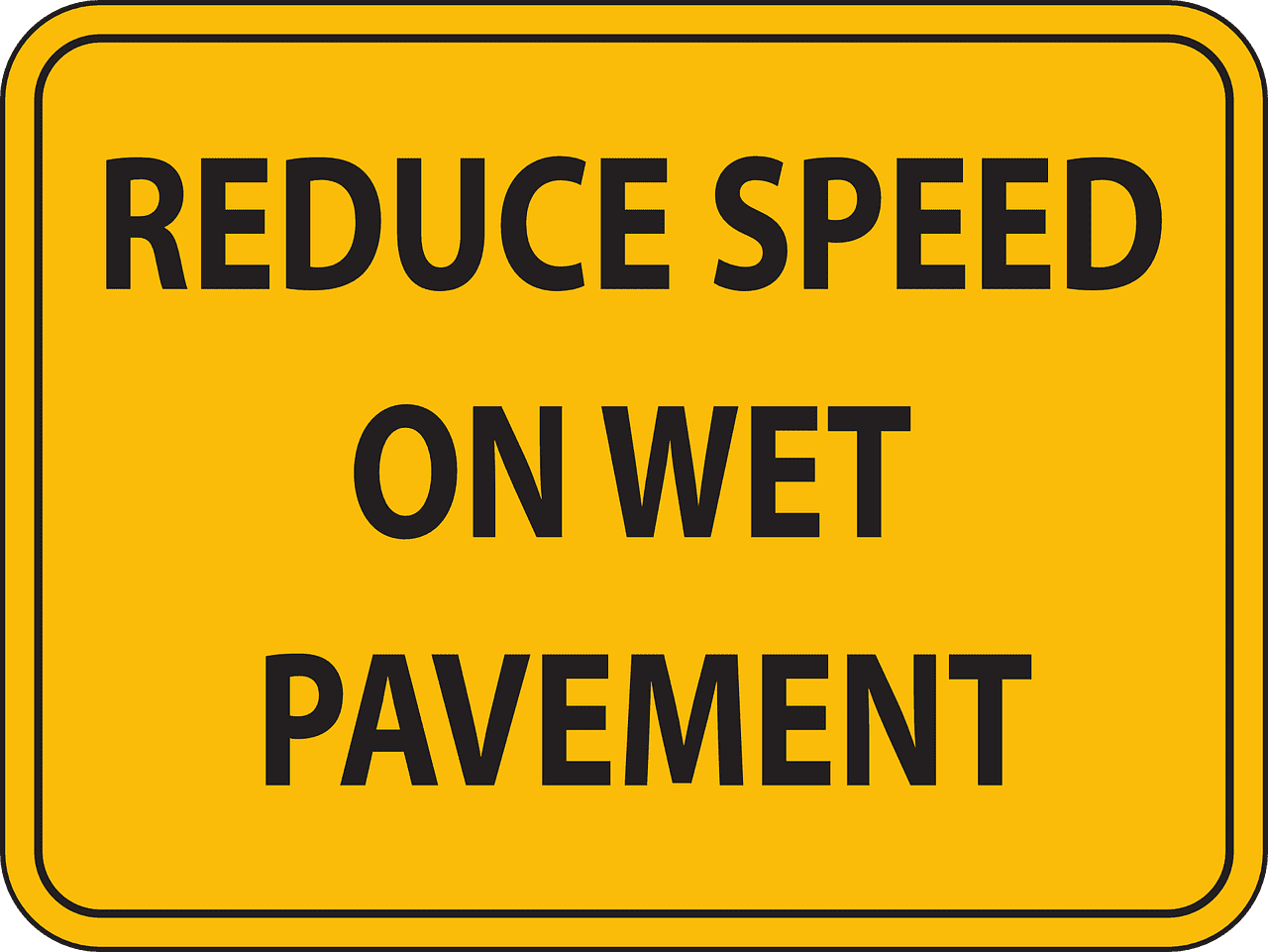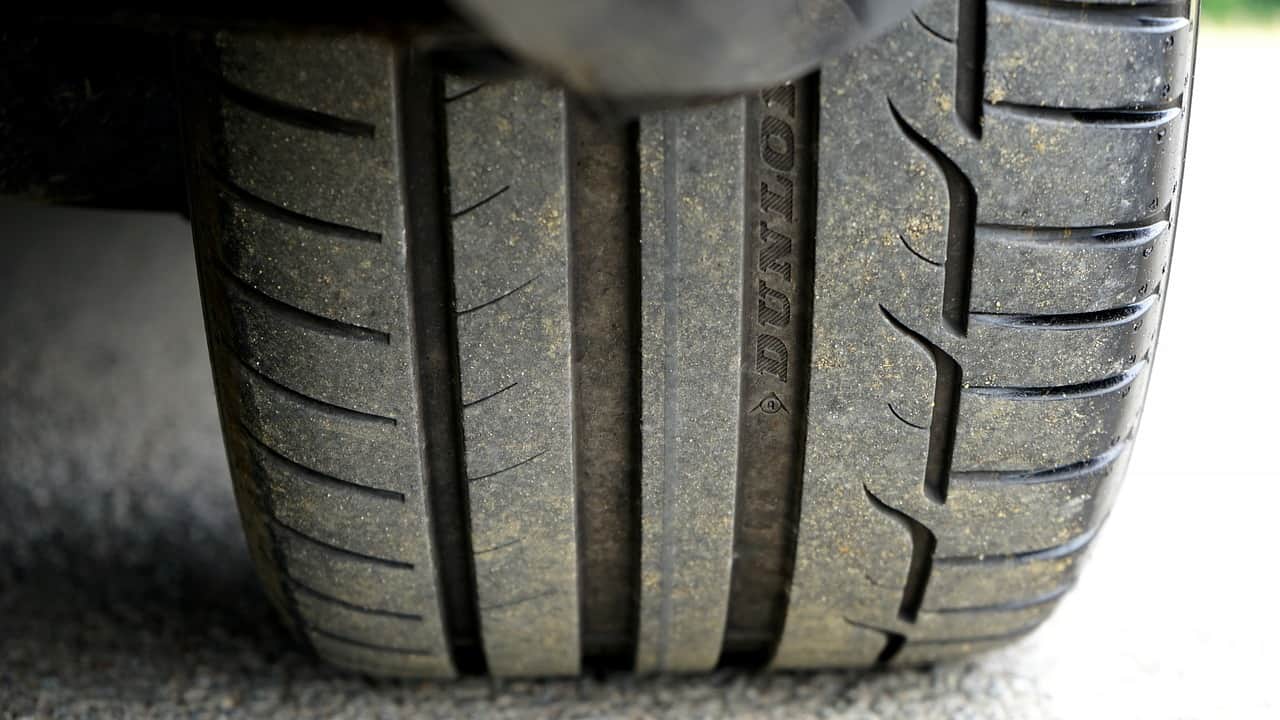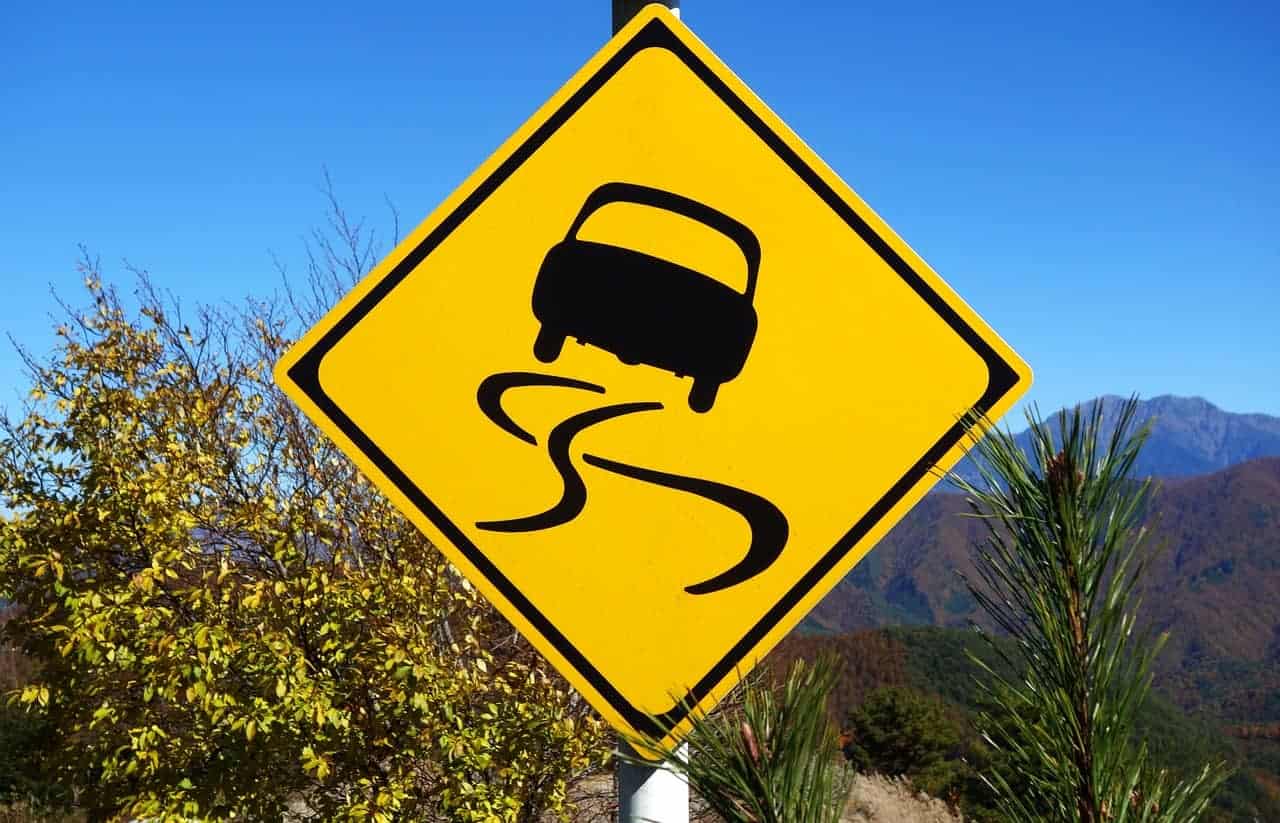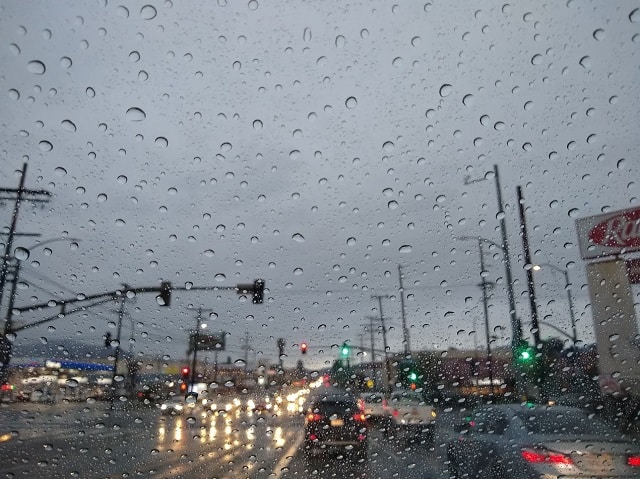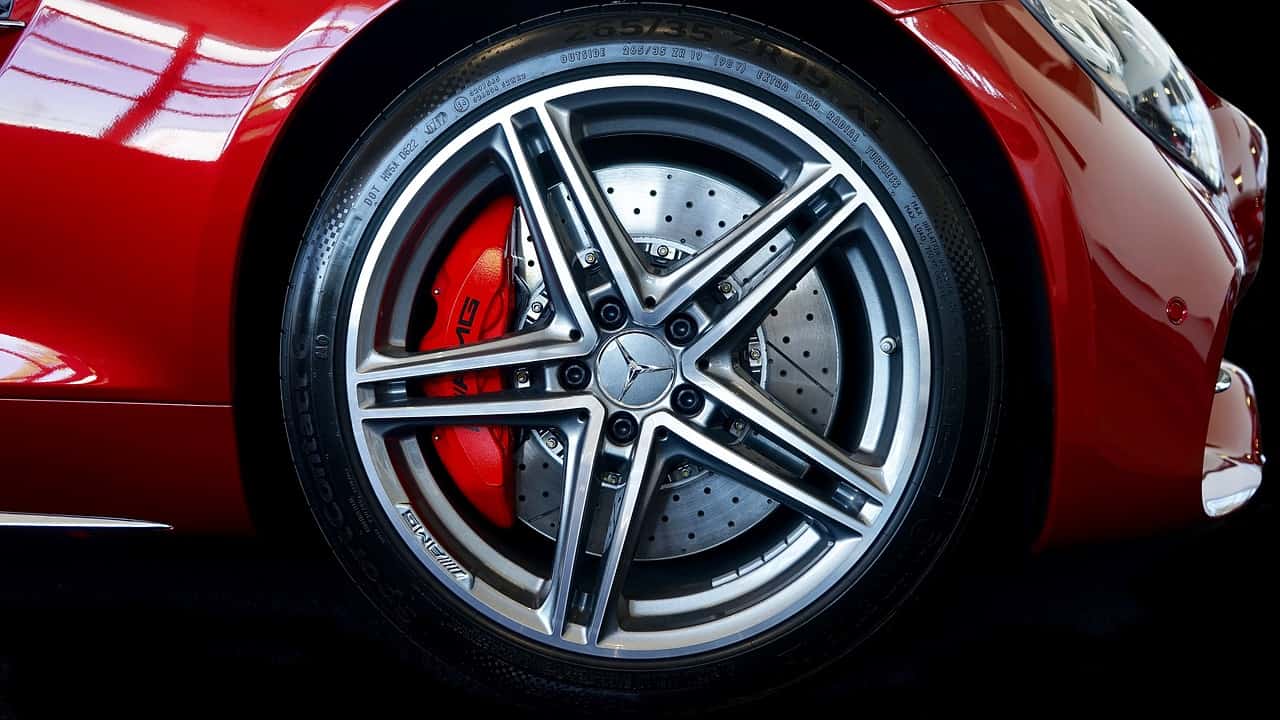My truck uses many quarts of motor oil, and now that I have over 100,000 miles, I use synthetic motor oil to keep it running well.
The Mobil 1 – 5W-30 Synthetic Motor Oil is one of the finest motor oils available on Amazon.com today. It is made and formulated by Mobil, an American multinational company based in the United States.
Motor oil is a part of a good maintenance program for your engine to keep it running smoothly. It will help clean your engine and help it operate quietly and smoothly. Motor oil (or engine lubricant) is used to lubricate moving parts of an internal combustion engine. These lubricants clean, reduce tear and wear, inhibit corrosion and typically add life to your engine.
Product Features
1. Excellent Performance
The Mobil 1 – 5W-30 may have one of the widest ranges of uses in the automotive industry. This oil uses an advanced synthetic formula that helps prevent wear, lubricates, cleans, stands up to heat, and helps lubricate during cold engine starts.
2. Average Viscosity
Viscosity has an important role in motor oil performance. The “5W” rating indicates the oil as having a good flow even in low temperatures. The “W” indicates winter. The 30 is how thick it is at normal engine temperatures. The specification, 5W-30 grade, means that this oil is thinner than one with a rating of 10w-40, which is useful for a wide variety of vehicles.
3. All-season Oil (ILSAC G-5 Certified)
This motor oil is certified by ILSAC G-5 grade motor oil, meaning it is designed to provide high-temperature protection. It helps keep engines clean and helps you get better gas mileage. It works to control emissions better and works with a wide variety of engines.
4. For Gas and Diesel
In the product description, it says, “It is recommended for all types of modern vehicles, including high-performance turbo-charged, supercharged gasoline and diesel multi-valve fuel injected engines found in passenger cars, SUVs, light vans and trucks. “
5. For All Types of Modern Vehicles
This oil is highly recommended for use in all modern vehicles. That would include turbo-charged high-performance engines and multi-valve fuel injection engines such as those of SUVs, passenger cars, trucks, pick-ups, small vans, and compact cars. It is also ideal for supercharged gasoline engines.
6. Increase Mileage
Compared to conventional motor oil, synthetic engine oil is not made from crude oil, which was usually the case decades ago. This type of oil could give you more mileage for your vehicle as this oil is cleaner, gives your engine a better environment to operate in, and diminishes engine wear even in harsh temperatures. The oil can liberate well even in cold weather.
7. Choice of Premium Cars
The Mobil 1 – 5W-30 grade motor oil is the choice of champion car manufacturers, like Corvette and others. The reason is not hard to believe because it meets the most stringent specifications set by General Motors for their Corvette, such as GM 6094M and GM 4718M, among others.
It also met Ford’s similarly stringent specifications for its vehicles, such as WSS-M2C929-A, ACEA A1/B1, and ILSAC GF-4 (API Certified – Starburst), as we have stated in this specification above. These specifications for strict oil use are typically under warranty.
8. Satisfactory Rating From Customers?
Checking the rating from customers can help you decide if this is the type of oil you are looking for. Look for your car model and what users say about its performance. Not all oils perform the same in all cars, even the same model, so having a good idea if it will work in your car, can help you make the final choice of whether to buy it or not.
Conclusion
I hope this brief description of Mobil 1-5W-30 can provide you with some ideas about this synthetic oil that may meet your car’s needs. The specifications set by world-renown car manufacturers, such as Ford, GM, and other Asian and European brands, are met by this oil, so many people can use it in their cars.
Whatever oil you choose, synthetic oil like the Mobil 1-5W-30 will provide excellent protection for your car to help it last a very long time.



